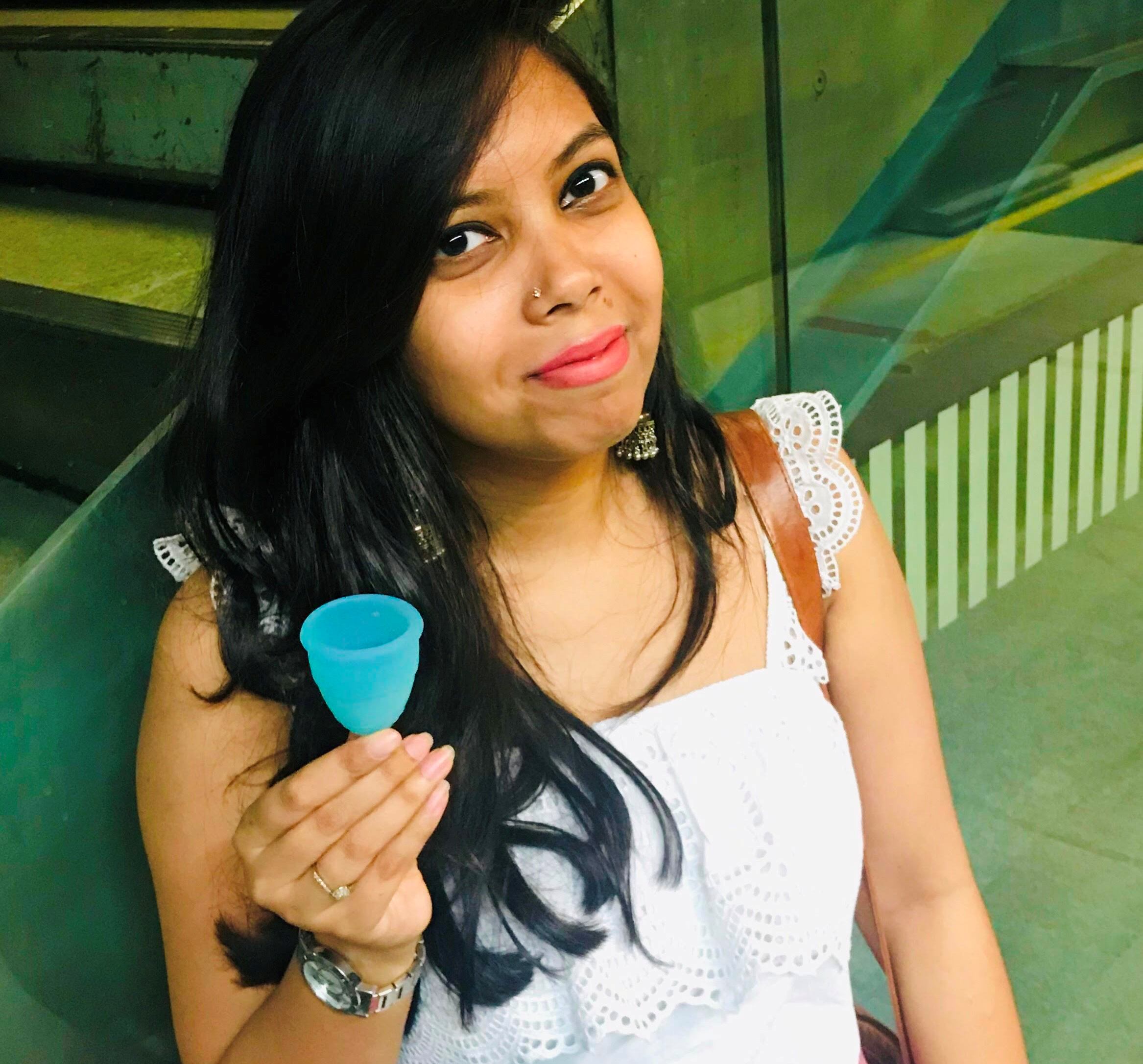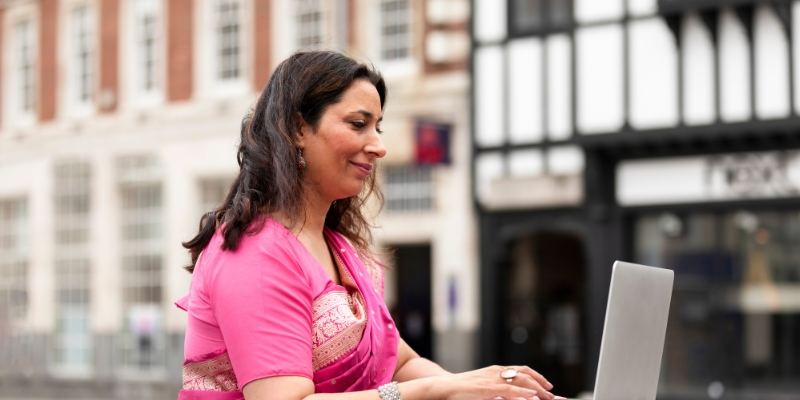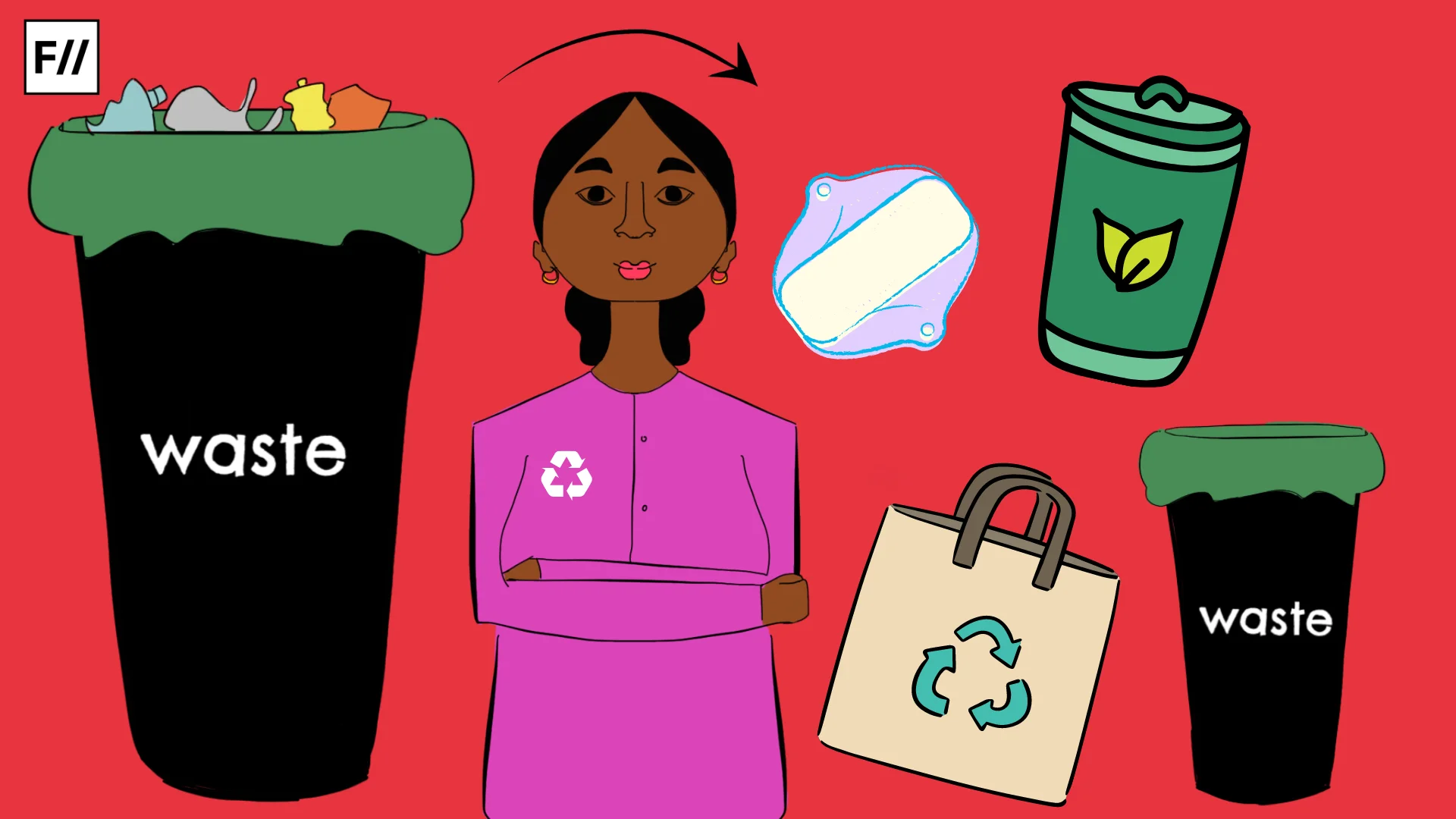Posted by Sajina Gupta
In 2015, I underwent laparoscopic surgery for an enlarged ovarian cyst. While I recovered from the surgery, I frequently contracted rashes and urinary tract infections. Initially, my doctor chalked it up to my low levels of immunity as an after-effect of surgery. Over time, I recovered from the surgery but had to frequently deal with infections and rashes. Medically female bodies are more susceptible to contracting UTIs and I have known female friends who contracted infections from time to time. Mine, however, were more recurrent and frequent than the normal. I tried everything – repeated dosages of antibiotics, ointments, syrups, hydration, homoeopathy, allopathy, copious amounts of cranberry juices. I even reduced the usage of public toilets including at my workplace. However, nothing could stop the recurrent infection.
At this point rashes and infections became a part of my reality. Something that refused to go away and hence I had to learn to live with it. My ordeal continued for three years. Meanwhile, I started reading about the need to make a switch to more sustainable consumption and lives, and finally, in 2018, I made the switch to a menstrual cup. The switch to menstrual cup meant easy, hassle-free periods and something else – my stubborn rashes, itchiness and UTIs were suddenly a thing of the past. I am happy to report that I haven’t seen them since.
My switch to menstrual cup also led to my stubborn rashes, itchiness, and UTIs become a thing of the past.
So, this was my story of how I became a sustainable menstruator. There are millions like me who get these rashes, infections or irritations but are unaware of the reasons causing them. Disposable sanitary napkins! Yes! the excess amount of carcinogenic, acetonic chemicals was the reason why my vagina and urethra were always angry. I decided that no one else should suffer as I did. This is how I initiated my journey into the domain of sexual and reproductive health.
Initially, as a sustainable menstruator, I started creating social media videos to explain the process of using the cup. I experimented with washable cloth pads and decided to raise awareness about these products among my peers and colleagues. Soon Boondh (an organization based out of Bangalore working towards menstrual health and producing menstrual cups) and Ecofemme (a social enterprise working out of Auroville towards menstruation and production of cloth pads) lend their support in my quest for spreading awareness about sustainable menstruation. Over time, I reached out to other non-profit organizations in Kolkata in order to take forward this task of awareness building through sessions and workshops with young girls, women and organization staff as well.
In the process, I have had a few realisations.
Most narratives around menstruation are restricted to ‘managing’ it and/or the need to maintain hygiene around the time of menstruation. While these are important narrative points, they are narrow in outlook. We need to broaden the narrative and ask more inclusive and introspecting questions like, “How can we understand menstruation in its totality?”. Acknowledging nature’s creativity, we need to move beyond and talk about the mental effects of the menstrual cycle. And then there is the other conversation, that of gender inclusivity. We need to acknowledge that not all menstruators are women and their struggle to deal with menstruation in an already taboo-ridden society creates a double burden. Our conversations on sustainable menstruation have to be woven around narratives of the intersectionality of gender, sexuality, mental health, feminism, queer movements.
Also read: Swachh Bharat Mission Hasn’t ‘Met’ Sustainable Menstruation. And That’s A Disaster | #ThePadEffect
Fortunately, these conversations are slowly gaining prominence. Recently I got to be part of a fellowship under the Gender and Sexuality Lab offered by Orikalankini and Nazariya. Here I am continuously being exposed to conversations and narratives that addressed questions on sustainable menstruation in the most inclusive manner. These conversations are in no way mainstream and remain limited to these few organizations. Sustainability in our lives, bodies and environment cannot be ever complete without considering the narratives around all of them.
I have discovered as a sustainable menstruator that sustainable menstruation brings one closer to their own bodies. For example, the use of a menstrual cup or cloth pads helps one establish a more synergetic relationship with their menstrual blood (which they are otherwise taught to be impure of dirty) and enables to connect back to the bodies which have been a common part of many ancient cultures. Sustainable menstruation teaches us the importance of reading the patterns in our physiologies and mental state (psychologies?) which then enables a menstruator to connect back to the environment as well.
After becoming a sustainable menstruator, the switch to menstrual cups made my stubborn rashes, itchiness and UTIs suddenly become a thing of the past.
With the advent of commercially produced disposable sanitary napkins (DSNs), we have been continuously bombarded with ideas/beliefs like menstrual fluid is dirty, vaginas and menstrual fluid should always be smelling flowery, cover up the natural fragrance of blood with scented DSNs, the only hygienic way to handling menstruation is to use a chemical-ridden DSN. One way for me to understand why DSN became so popular, may have been because it is a product that absorbs the ‘dirty’ or ‘unwanted’ blood but also can be immediately ‘thrown away’ so that one does not have to see, feel, smell or touch the blood – the same blood and mucus which is necessary for creating another life in the womb.
It is a symbolic expression of consumerism in disguise of ‘hygiene management’ and/or ‘waste management’ where anything that does not please the patriarchal perception or standards of aesthetics, can be and should be immediately thrown away discreetly and a fresh pack of products can be consumed/used to continue the cycle. I often find it similar to how we treat our daily waste.
Also read: Meet The ‘Pad Women’ From Assam Who Are Spearheading Access To Sanitary Products
Hence, menstruation has to be understood in all its entirety. I am trying to incorporate this inclusivity in my workshops for menstruators. The change has to start somewhere, the questions need to be raised at some point, the perception has to move beyond the realm of just hygiene management. Otherwise, menstruation and sustainability continue to remain alien to one’s body, continuing to feed taboos, shame, guilt, myths and stigma around it.
So, start the conversation and, happy periods!
Sanjina is an independent sexual and reproductive health rights professional and she is passionate about bringing a change in understanding menstrual health better. She is associated with Boondh and Ecofemme and has done collaborations with many organisations in Kolkata to deliver workshops regarding menstrual health and hygiene. You can follow her on Facebook and Instagram.
About the author(s)
Guest Writers are writers who occasionally write on FII.





Nice update thank you..
Natural Home Remedies